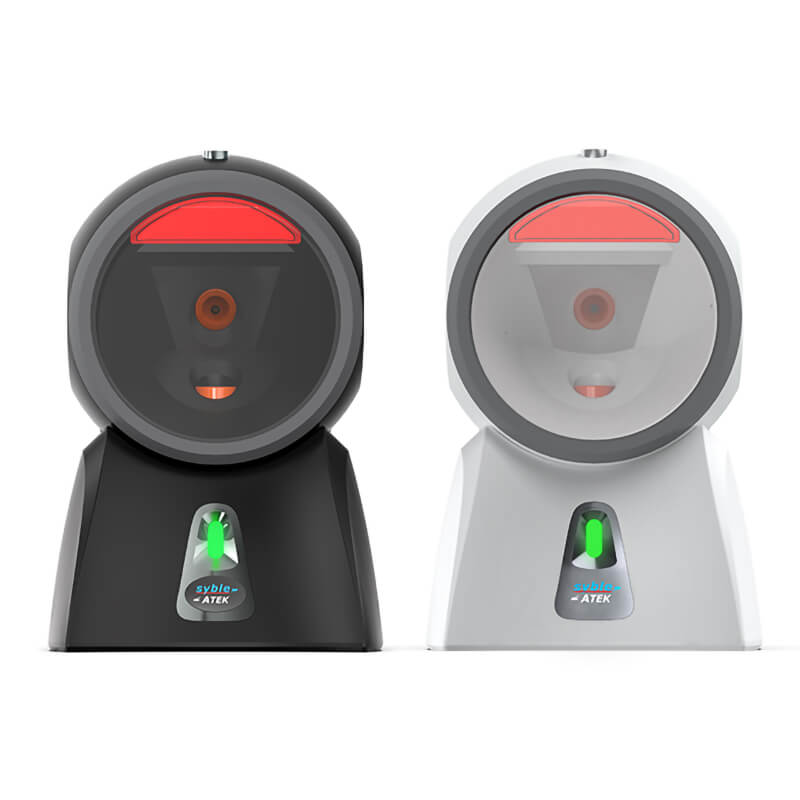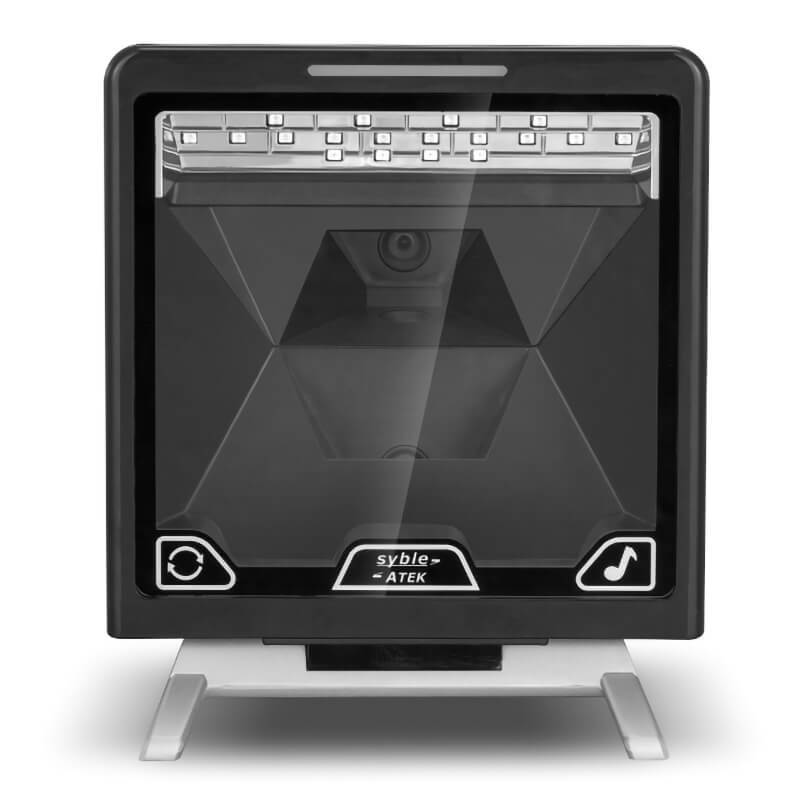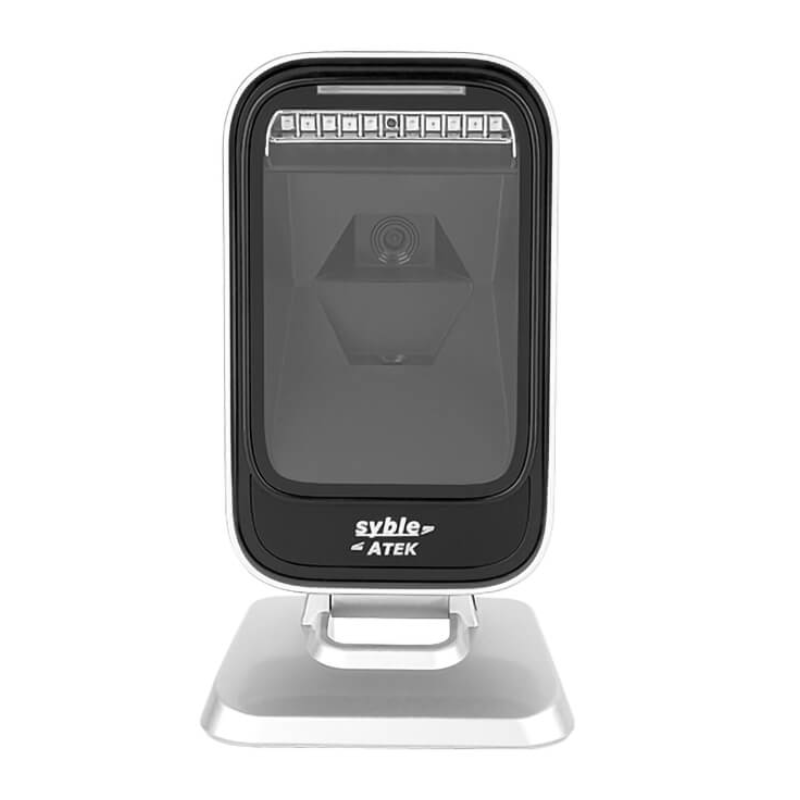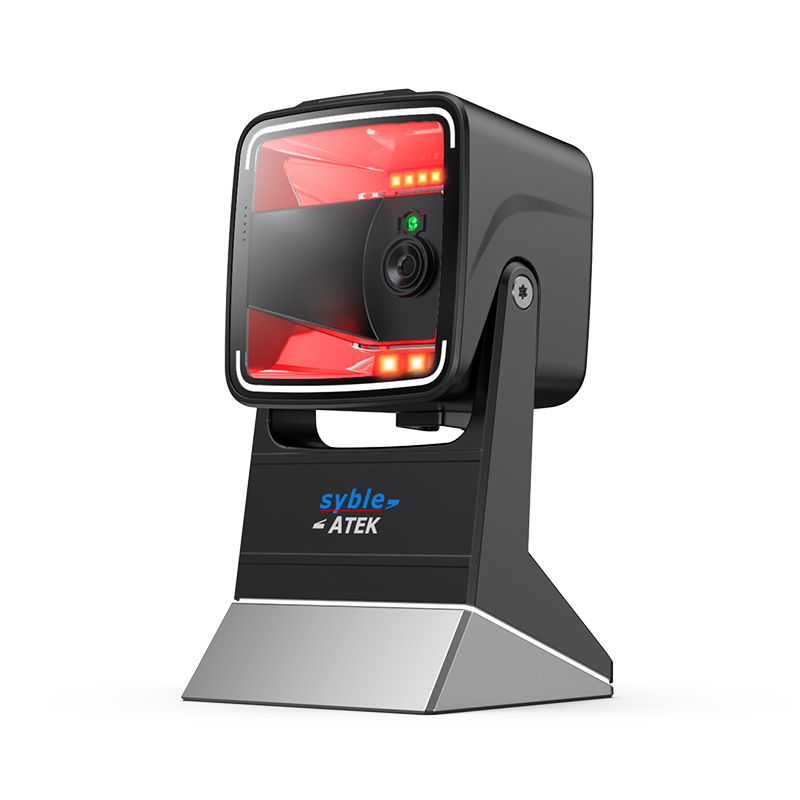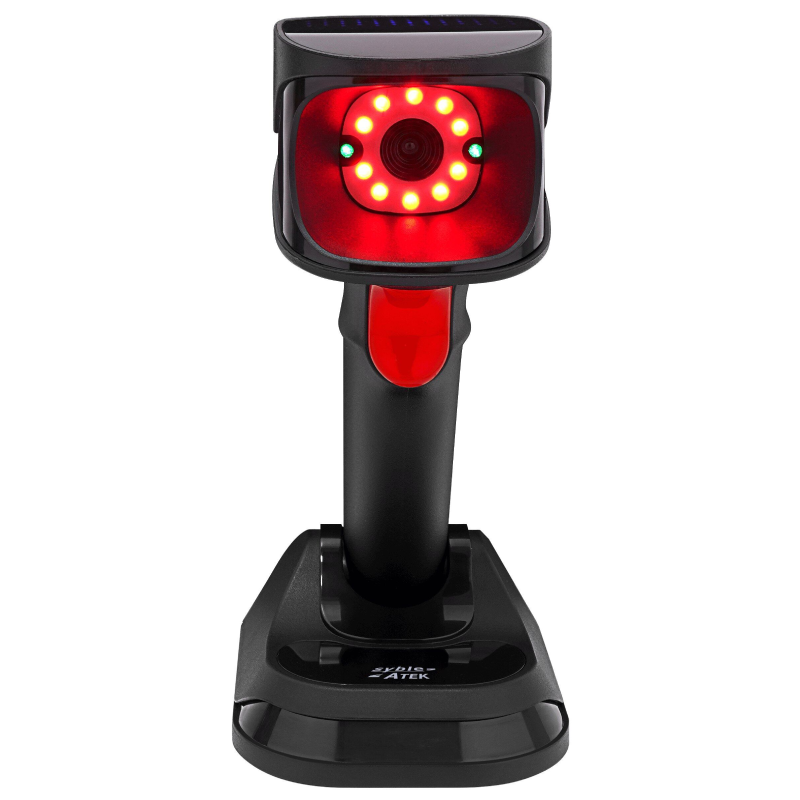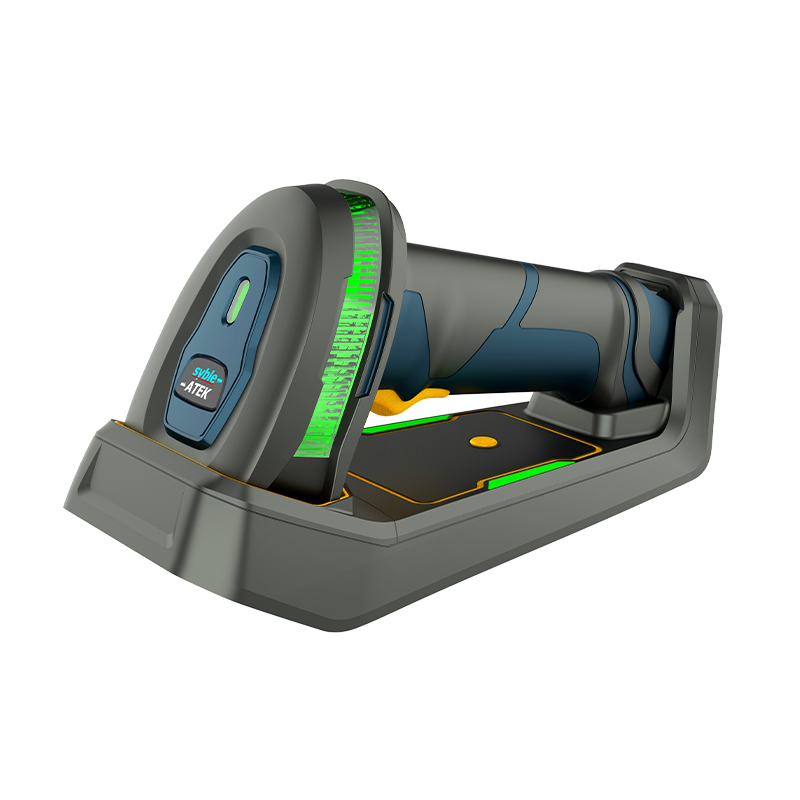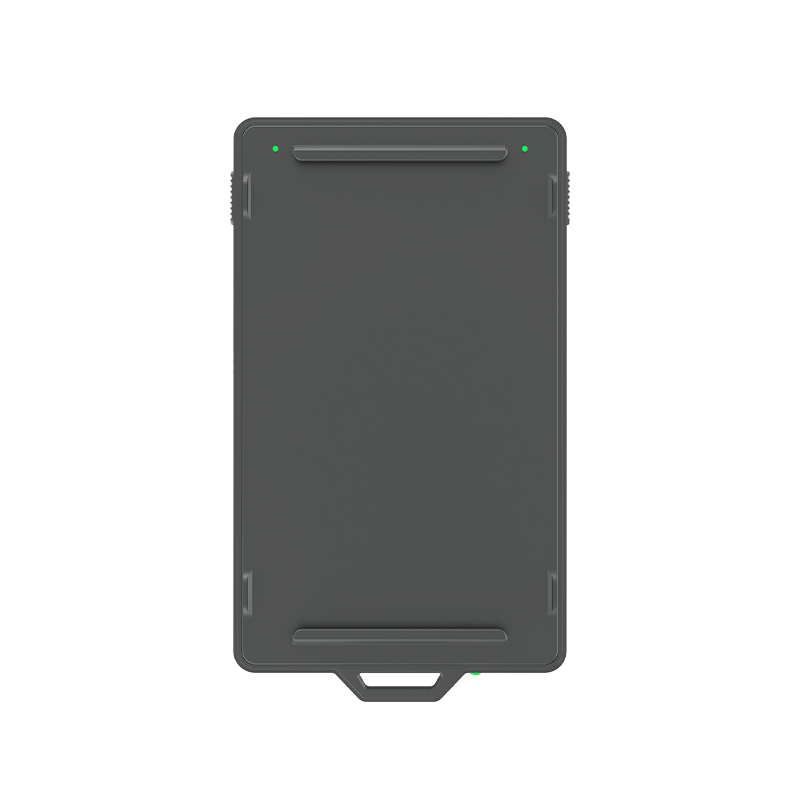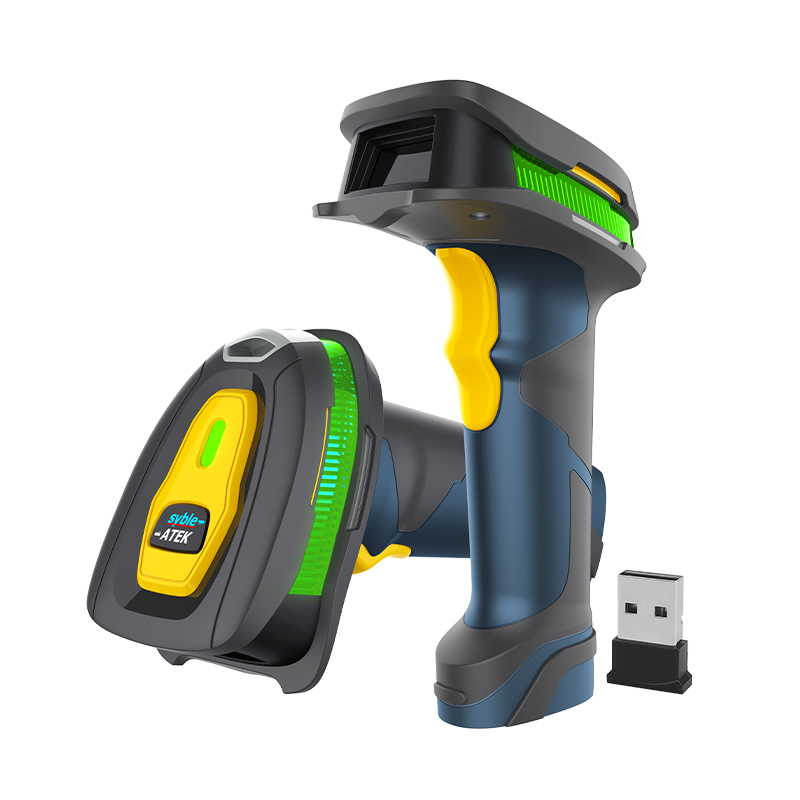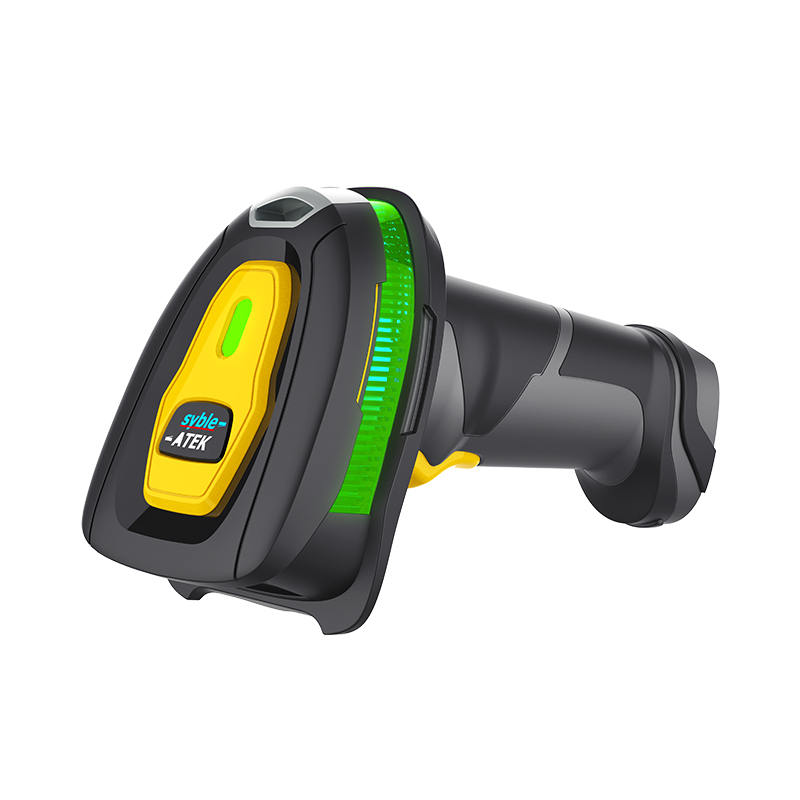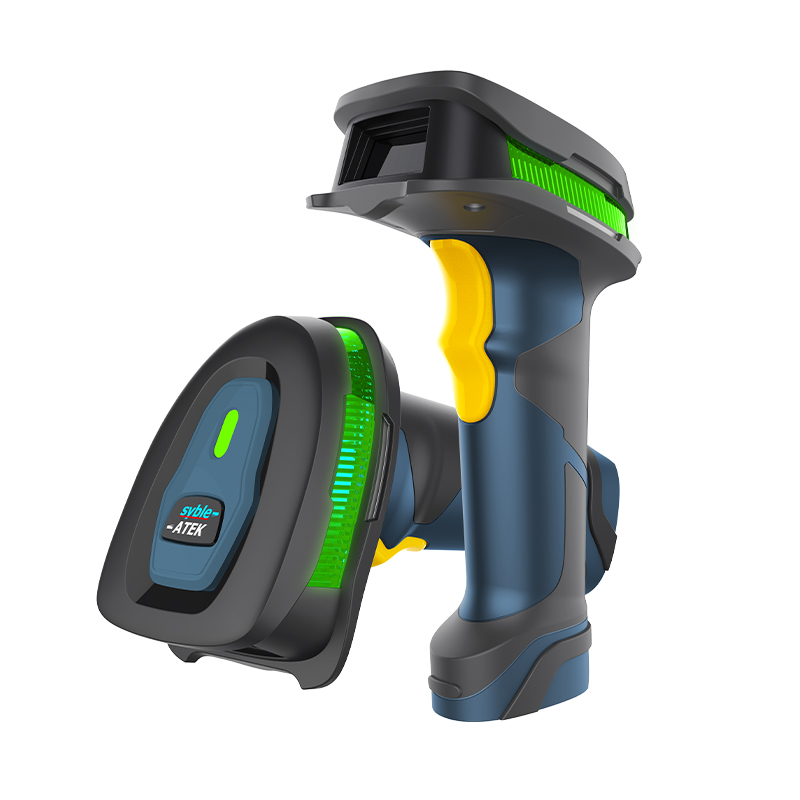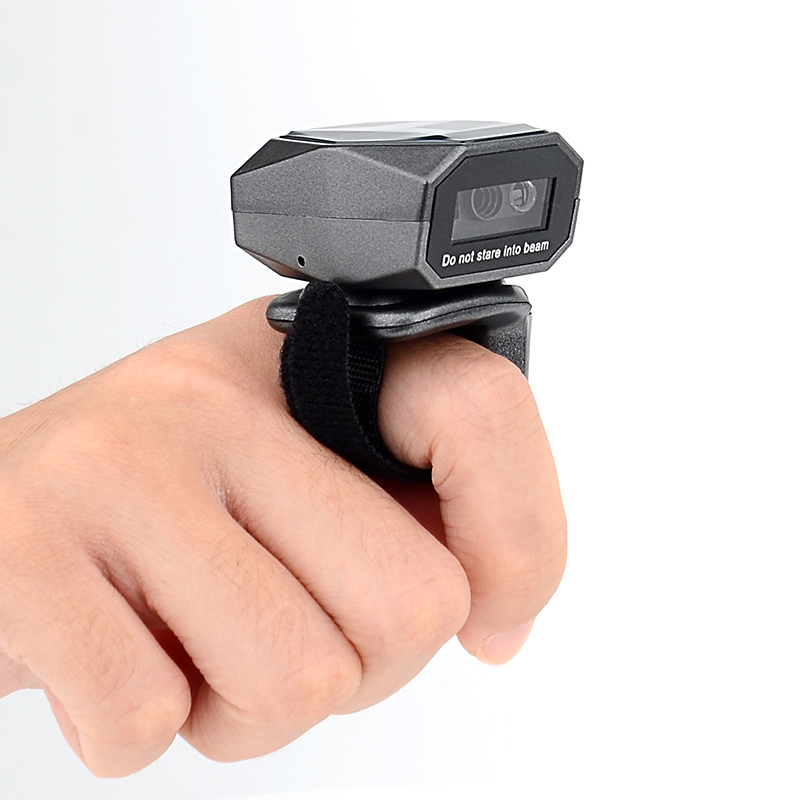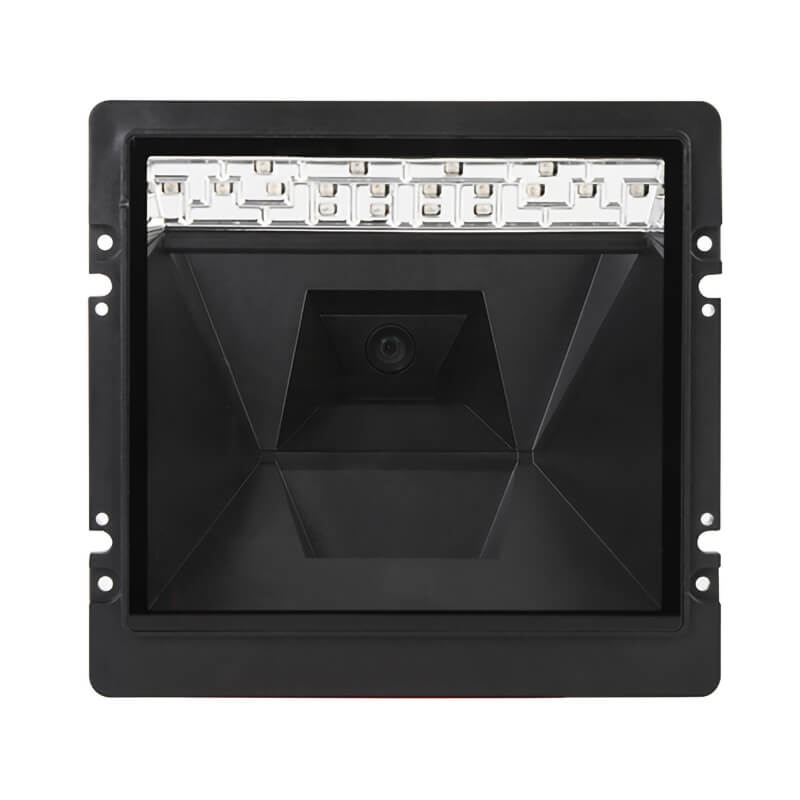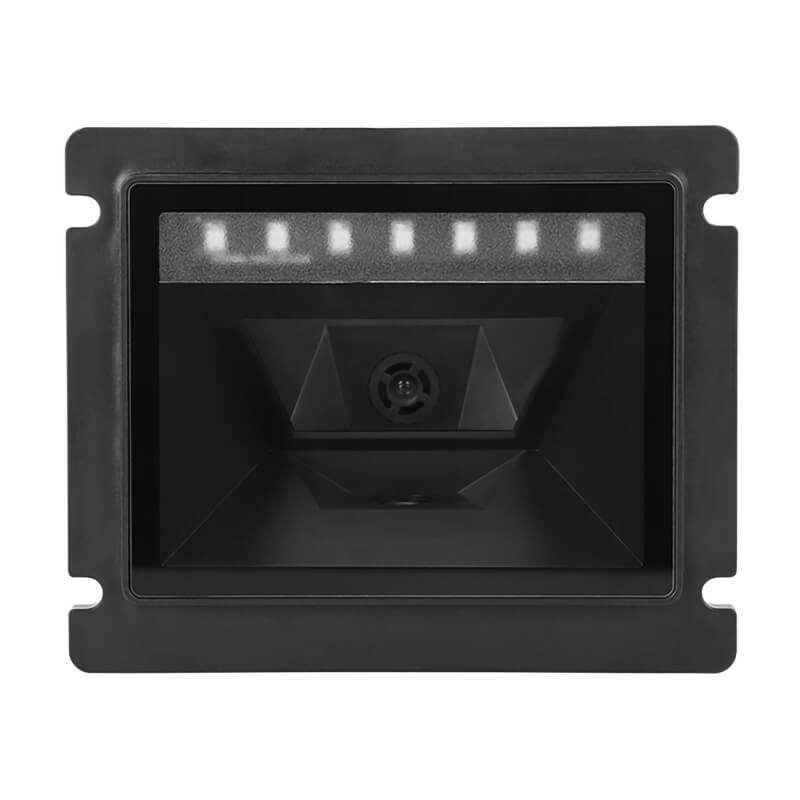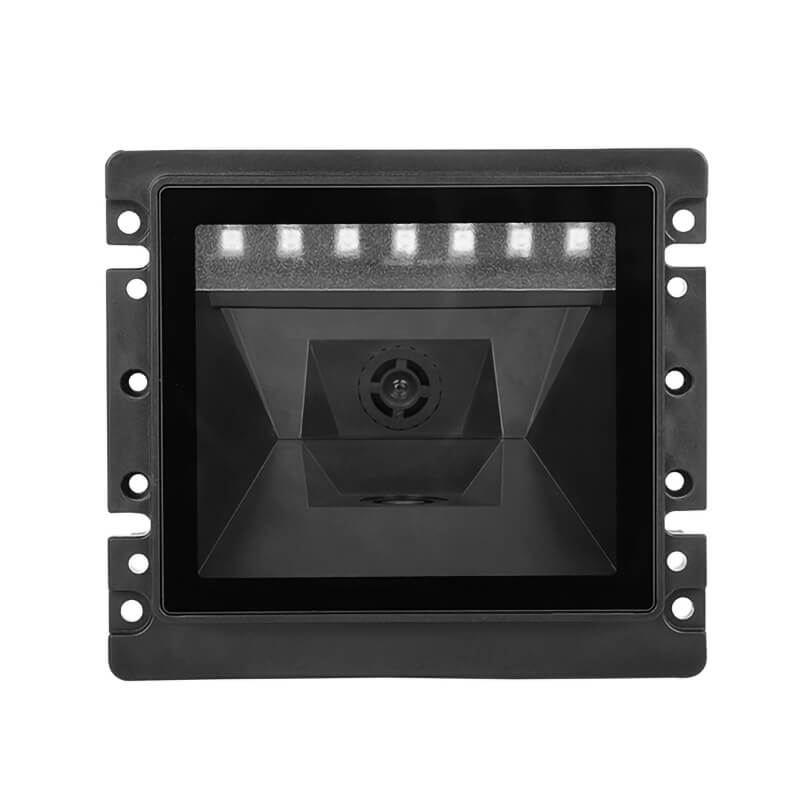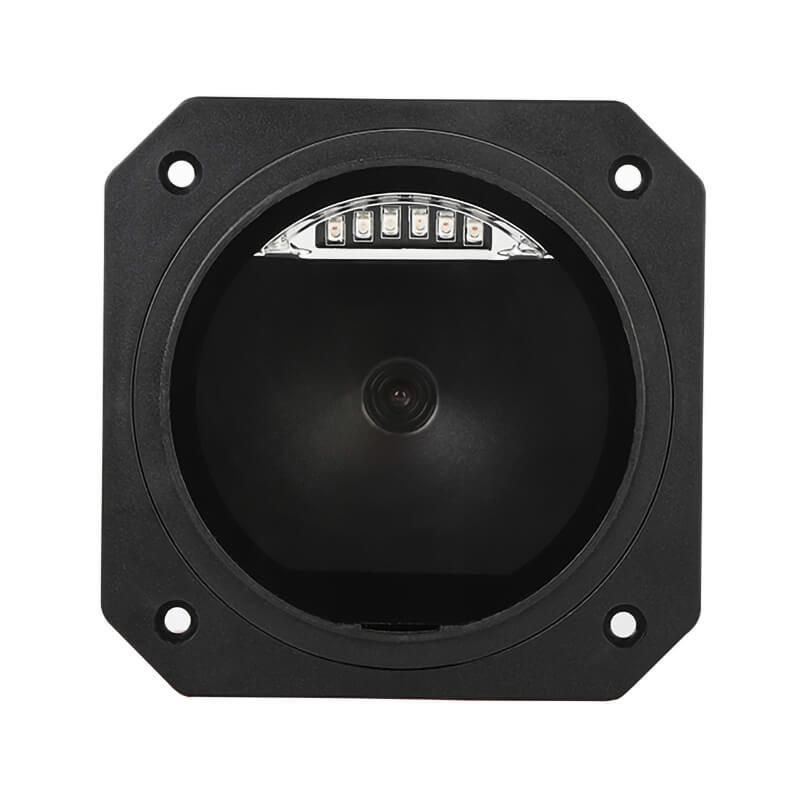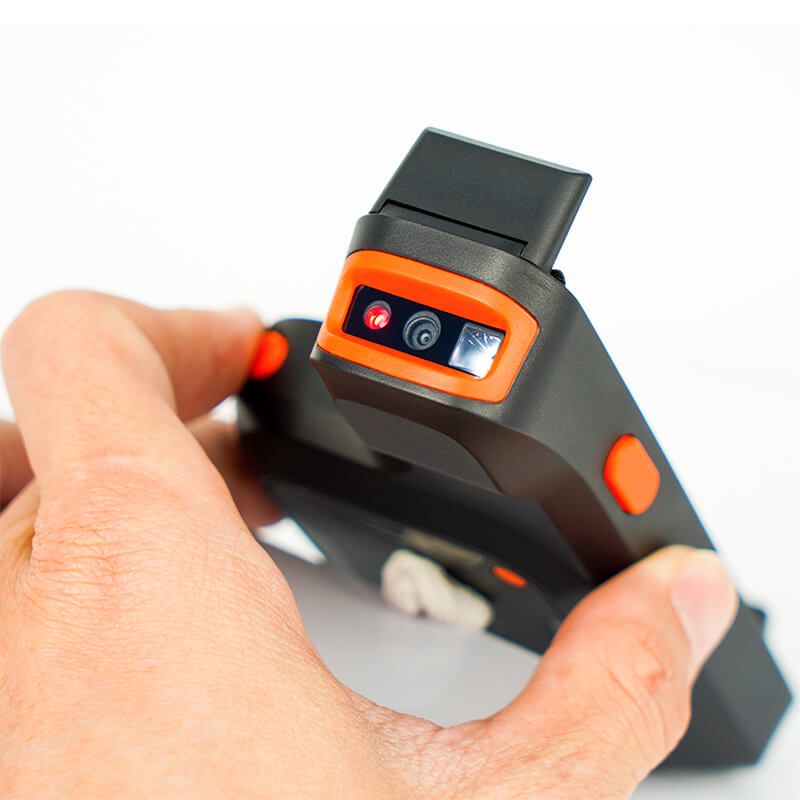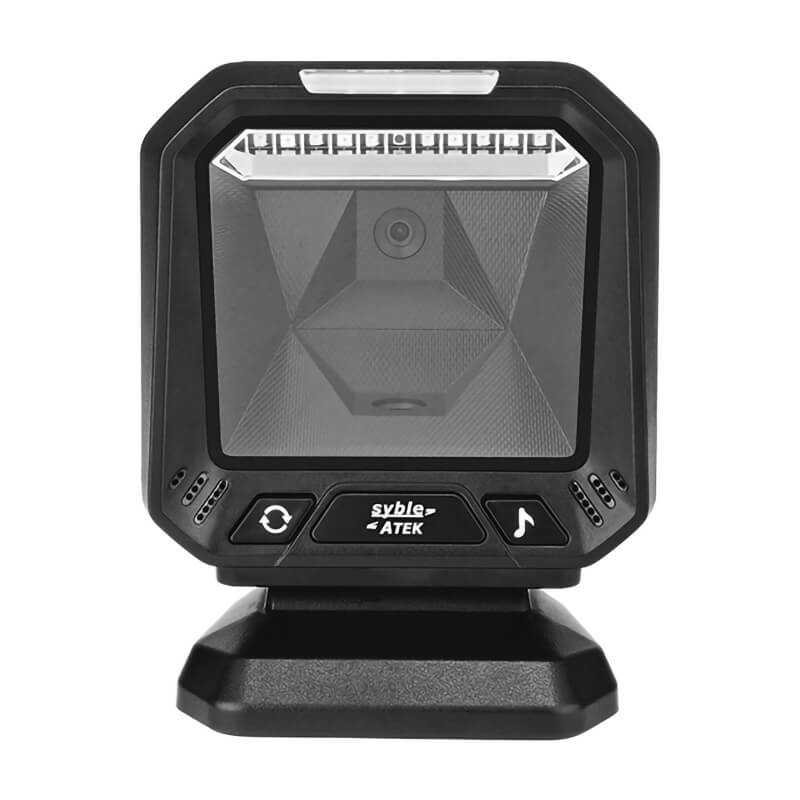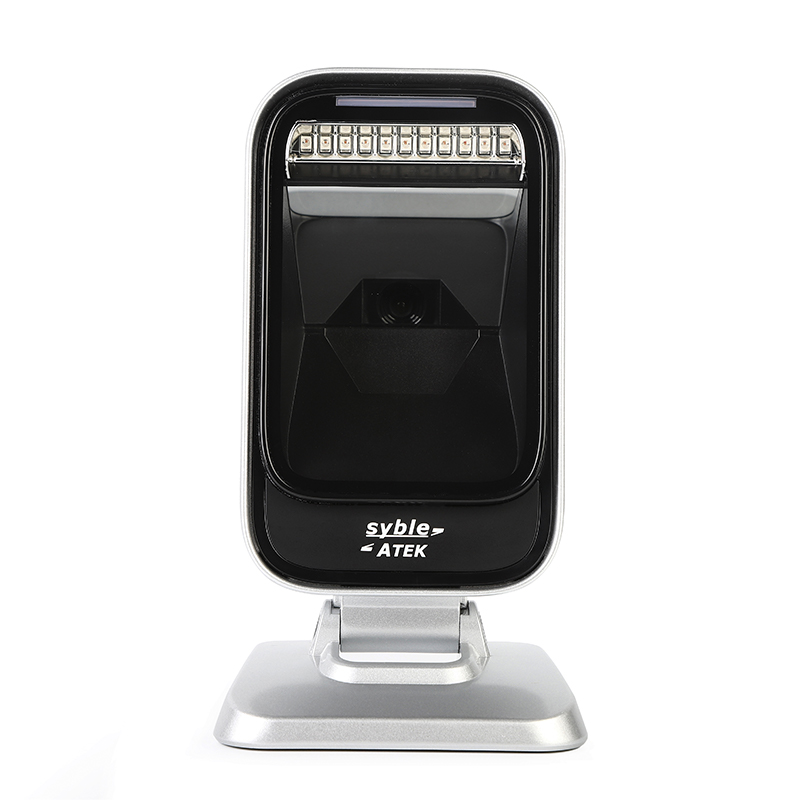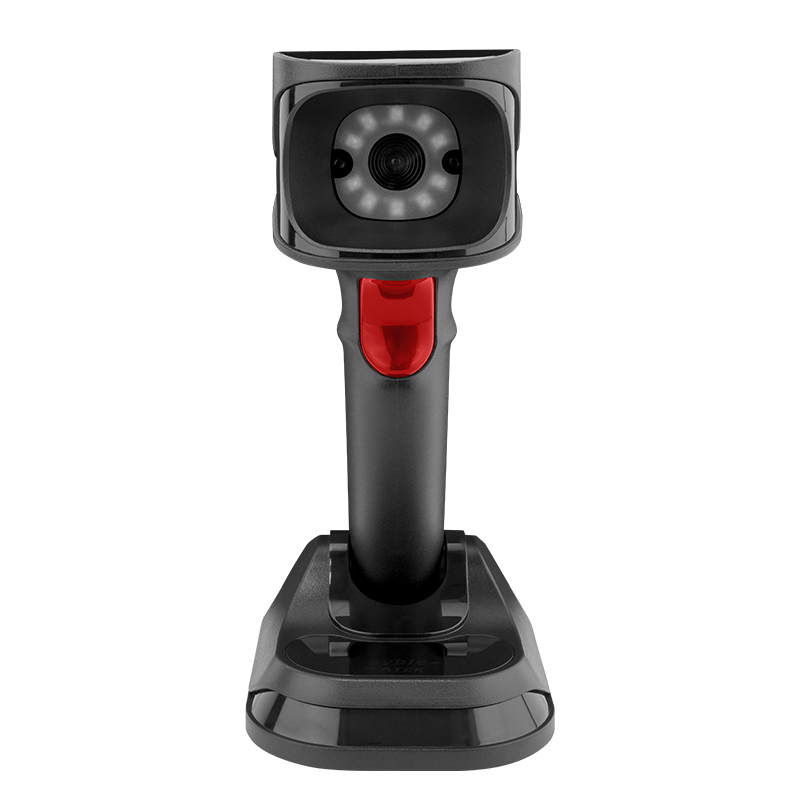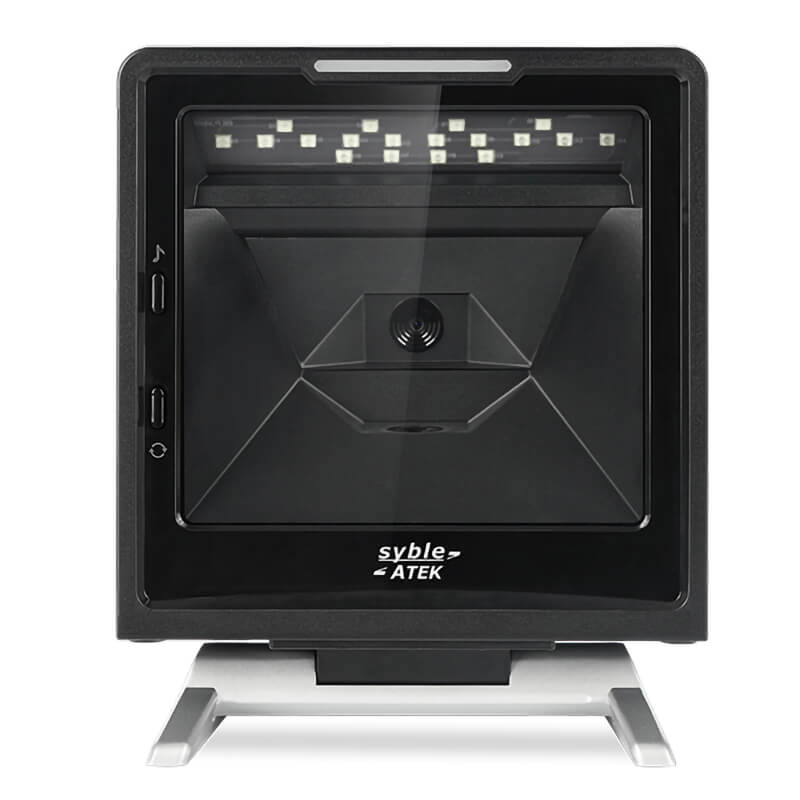Barcode scanning technology has revolutionized numerous industries by enhancing efficiency, accuracy, and productivity. From retail to healthcare, barcode scanners have become indispensable tools for tracking inventory, managing assets, and streamlining operations. This article delves into the myriad benefits of barcode scanning across different sectors, highlighting real-world applications, emerging trends, and practical insights.
1. Understanding Barcode Scanning Technology
What is Barcode Scanning?
Barcodes are visual representations of data, typically in the form of numbers and parallel lines of varying widths. When scanned by a barcode scanner, these symbols are converted into digital information that can be processed by a computer system.
Types of Barcode Scanners
Laser Scanners: Use laser beams to read barcodes and are commonly used in retail.
CCD Scanners: Capture barcodes using an array of light sensors.
2D Imagers: Read both 1D and 2D barcodes, offering more versatility.
Mobile Scanners: Utilize smartphone cameras to scan barcodes, providing flexibility and convenience.
2. Benefits of Barcode Scanning
Efficiency and Speed
Barcode scanning significantly reduces the time required for data entry and inventory management. For instance, in retail, scanning barcodes at checkout speeds up transactions and reduces customer wait times.
Accuracy and Error Reduction
Manual data entry is prone to errors, but barcode scanning ensures high accuracy. This is particularly beneficial in healthcare, where accurate medication administration is critical.
Cost-Effectiveness
Implementing barcode scanning systems can lead to substantial cost savings by reducing labor costs and minimizing errors. The technology is relatively inexpensive and easy to maintain.
Improved Inventory Management
Barcodes provide real-time visibility into inventory levels, helping businesses maintain optimal stock levels and avoid overstocking or stockouts. This is crucial in sectors like warehousing and manufacturing.
Enhanced Traceability
In the packaging industry, barcode scanning enhances traceability by providing detailed information about product origins, manufacturing dates, and batch numbers.
3. Applications of Barcode Scanning Across Industries
Retail
Fast Checkouts: Barcode scanners expedite the checkout process, improving customer satisfaction.
Inventory Control: Retailers can track stock levels in real-time, ensuring timely restocking and reducing inventory holding costs.
Healthcare
Patient Safety: Barcodes on patient wristbands and medications ensure accurate administration and reduce the risk of errors.
Asset Management: Hospitals use barcode scanners to track medical equipment and supplies, ensuring availability and reducing theft.
Manufacturing
Production Tracking: Barcodes track the movement of raw materials and finished goods, optimizing production processes and reducing waste.
Quality Control: Scanning barcodes at various production stages ensures compliance with quality standards and traceability.
Logistics and Supply Chain
Shipment Tracking: Barcodes on packages enable real-time tracking of shipments, improving supply chain visibility and customer satisfaction.
Warehouse Management: Barcode scanners streamline warehouse operations by automating inventory counts and reducing manual labor.
4. Emerging Trends in Barcode Scanning Technology
RFID Integration
Radio Frequency Identification (RFID) technology is being integrated with traditional barcode systems to enhance scanning efficiency and accuracy. RFID tags can be read without line-of-sight, allowing for faster and more comprehensive data capture.
Mobile Scanning Apps
The rise of powerful smartphones has led to the development of mobile scanning apps that utilize built-in cameras for barcode scanning. These apps offer flexibility and can be integrated with inventory management systems for real-time updates.
Artificial Intelligence (AI)
AI-powered barcode scanners can analyze images quickly and accurately, even in challenging conditions. AI enhances the capabilities of barcode scanners, enabling intelligent data capture and reducing the need for manual intervention.
5. Practical Tips for Implementing Barcode Scanning Systems
Choosing the Right Scanner
Consider factors such as the type of barcodes used, scanning environment, and required scanning distance when selecting a barcode scanner.
Regular Maintenance
Ensure scanners are regularly cleaned and maintained to prevent malfunctions and ensure optimal performance.
Training Employees
Provide comprehensive training to employees on how to use barcode scanners effectively and troubleshoot common issues.
Conclusion
Barcode scanning technology offers numerous benefits across various sectors, from improving efficiency and accuracy to enhancing inventory management and traceability. By staying abreast of emerging trends and implementing best practices, businesses can fully leverage the potential of barcode scanning to streamline operations and drive growth.

